We’ve covered why it can be challenging for DMOs, brands, and travelers to implement and choose sustainable travel practices. Now let’s look at what we can do about it.
Transforming a destination into a more sustainable and responsible tourism model can be complex, but it is possible with careful planning and gradual implementation.
The tips and strategies outlined here can be used for both well-established places as well as any place that is about to invest more into attracting visitors.
It’s great to have a plan from the beginning and work proactively to avoid or minimize the effects of common challenges even before they arise.
Good for visitors, locals, and the place – what not to like? 😉
Content Overview
⦁ How to transition to sustainable tourism
⦁ Destination assessment: Get an overview of the current state
⦁ Create a vision
⦁ Refine your offering with sustainable activities and experiences
⦁ Invest in sustainable infrastructure
⦁ Introduce regulations and standards for long-term sustainability
⦁ Educate and promote sustainable travel
⦁ Upgrade your brand and spread the word
⦁ Measure progress and adapt
How to transition to sustainable tourism
Let’s break down the essential steps and considerations that guide the transformation of a destination into a sustainable and responsible model.
1. Destination assessment: Get an overview of the current state
Before kicking off any new sustainable tourism initiatives, it’s key to understand the current state of things. Start by carrying out a detailed audit, covering visitor numbers, impact, challenges, and opportunities. Here’s how:
1. Collect data
Gather data on visitor numbers, trends, and behaviors. Use visitor registration data, surveys, or online analytics to estimate how many visit your destination, where they come from, and what their interests are. Who are they and what are they looking for? Keep in mind, as mentioned under why sustainable travel can be challenging, people don’t always do as they say. It’s key to both ask and observe!
2. Identify impacts
Map out the environmental, social, and cultural impacts of tourism in your area. If you have a historical area, evaluate whether increased tourism has led to wear and tear on historical buildings. Are there issues of trash in natural parks or disruptions to local communities due to big tourist crowds?
3. Identify existing sustainability practices
Look into any initiatives that are already in place. Are local businesses offering eco-friendly accommodations, such as hotels using renewable energy sources or restaurants serving locally sourced organic food? Take note. Recognizing existing practices can serve as inspiration and potential partnerships!
4. Engage with stakeholders
Talk to local businesses, the overall community, and tourism associations. Get input on what’s working today and what can be improved. If a local business is running its own initiatives, understand how its sustainable practices are implemented and how they benefit the community. The purpose here is to be able to prioritize actions and get an overview of what you can tap into to avoid double work.
5. Understand what you have to offer
Review the resources available for sustainable tourism. Is your destination spoiled with stunning beaches, unique wildlife, or cultural traditions? Understanding this makes it easier to market them effectively. Remember, what’s normal to you can be extraordinary to someone else! More customers are interested in authentic experiences and learning about daily life.
6. Assess infrastructure
Evaluate the infrastructure supporting tourism, from transportation systems to waste management. If your destination lacks an efficient public transportation system, you might consider introducing eco-friendly shuttle services or bike-sharing programs to reduce reliance on private vehicles.
7. Analyze challenges and opportunities
Pinpoint and prioritize the key challenges your destination faces. Suppose over-tourism is causing traffic congestion and negatively impacting the environment. In that case, you can explore strategies like promoting off-peak season visits or implementing visitor caps for popular attractions. Identify global shifts and exciting opportunities to tap into.
8. Set clear goals
Based on your assessment, define clear and measurable action points and goals for sustainable travel. If your analysis shows that the local marine ecosystem is under threat due to diving, set a goal to reduce the environmental impact by a certain % within the next two years. Or if rents are increasing, forcing locals out of their neighborhoods, it’s time to look at how to regulate that!
2. Create a vision
When you have a good understanding of your starting point, it’s time to develop a long-term vision for sustainable tourism that balances economic growth with preservation.
Based on the insights and priorities, where do you want to go from here?
This should result in a simple overview of your long-term goals, ensuring all stakeholders are on the same track and know what the priorities are.
Here’s how to get it into place:
Team up with stakeholders
Collaborate and host workshops with local government officials, business owners, the local community, and tourism associations. Be open to their input and ideas. Make it clear that they play a key part in shaping the future.
Define why sustainability matters and who you’re targeting
Why is sustainable tourism essential for your destination and who do you want to attract? What unique assets need protection or celebration? If your area is known for indigenous communities, unique traditions, or natural reserves, your vision might focus on preserving them.
Get input from locals to ensure the vision aligns with values, respects, and celebrates cultural heritage. Also take global shifts into consideration here, such as the rise of digital nomads, remote workers, and longer stays. What role do you want to play in all these changes?
Environmental protection
Clearly outline how you will protect the natural environment. Identify strategies to conserve biodiversity, reduce carbon emissions, and minimize waste. Think about renewable energy, wildlife protection, and eco-friendly infrastructure.
Highlight what makes you unique
Identify what sets your destination apart and incorporate it into your vision. Why should someone come here? It doesn’t need to be all about typical attractions. This is a great opportunity to promote the charming local community or quality of life!
Set goals with a long-term perspective
Review the long-term effects of your vision on the destination and your community. Focus on creating lasting improvements, like better infrastructure, education, and job opportunities. If integration, collaboration, or a more vibrant cultural life are challenges, emphasize areas like community empowerment. More about KPIs under measurement below.
3. Refine your offering with sustainable activities and experiences
Once you have your vision in place, it’s time to plan and curate sustainable activities and experiences that align with your goals.
Many destinations, especially underrated ones, think they have to come up with new experiences. While innovation can be great, present what you already have!
- Those creative businesses
- That charming local community
- Regular events locals already love
- Those cute neighborhood restaurants
- That viewing point where it feels a bit as if time stops
It’s cost-effective, aligns with peoples’ cravings for authenticity (studies show 76% prefer immersive, local experiences), and sets you apart.
This is a great opportunity to partner with local businesses that share your commitment to sustainability. This can include eco-friendly accommodations, restaurants serving delicious locally sourced food, creative retreats for remote workers, smaller tour operators, and more.
Research shows that travelers often prioritize comfort and convenince before sustainability, no matter if a high percentage report wanting sustainable experiences. It’s up to you to decide what your community and destination needs.
4. Invest in sustainable infrastructure
Based on your assessment, start upgrading and investing in eco-friendly transportation, waste management systems, and other sustainable practices for accommodations and attractions.
Look at the needs of different target groups. Ranging from accessibility to the rise of remote workers and longer stays. These are often long-term intiaives that can take time. Make sure to keep your local community in the loop and work on other intiatives in the meantime.
5. Introduce regulations and standards for long-term sustainability
Regularly review and enforce sustainable practices among businesses and visitors. Even if people know what to do, standards help. Make them as easy as possible to follow!
This can include areas like:
- Regulations that protect historical sites, public spaces, and natural environments from damage or degradation
- Environmental standards and certifications for accommodations and tour operators
- Measures to protect and conserve cultural heritage, including buildings and monuments
- Responsible cultural exchange programs that make it easier for visitors to meet and connect with locals and traditions without disturbing
- Visitor management: Visitor caps for sensitive or overcrowded areas and attractions to reduce over-tourism. You might also want to consider time-sensitive ticketing systems for popular attractions to spread visits throughout the day
- Maximizing community benefits: Review revenue sharing with local communities to ensure they benefit from tourism. Promote job opportunities within the sector for locals
- Guidelines for responsible behavior, such as respecting historical sites, reducing waste, and supporting local businesses
6. Educate and promote sustainable travel
Share information with locals and visitors about sustainable practices and the importance of it via fun campaigns. You get the best results if you start doing this as early as possible.
You can also host workshops for local entrepreneurs to boost knowledge sharing and involve local communities in educational initiatives to ensure they feel a sense of ownership.
Inspire people and show that sustainable travel isn’t just about rules and what to avoid. It’s also a great opportunity to have unique experiences, like:
- Explore beyond the most common destinations and peak periods – to enjoy authentic experiences while protecting popular places
- Try amazing local dishes, pass by a little winery, and support small food businesses – sustaining local gastronomy traditions and farmers
- Stay somewhere unique. From treehouses and boutique hotels to charming family-run B&Bs and apartments in underrated neighborhoods – experiencing local hospitality at its best
- Try workshops, language classes, smaller tours run by locals or support a cause you care about – helping educational, social, and cultural initiatives
- Meet locals, chitchat, and discover unique traditions – supporting communities and their way of life
- Explore art and creativity. From music, galleries, and festivals to business events – appreciating, learning from, and promoting local talent
7. Upgrade your brand and spread the word
Time to upgrade your brand identity to reflect your vision and focus on sustainability. Once you’ve defined what your destination represents, refine your marketing and content strategy.
Based on your different target groups, highlight unique experiences. Promote visiting as a way to connect with local culture and nature. Share local success stories that show the positive impact of sustainable tourism. This will motivate and inspire both locals and visitors.
Promote alternative and less-visited attractions beyond the popular sites. Also, reframe what you have! An amazing history, buildings, and proud locals who love to share their stories? Make sure to involve locals to create a sense of pride and community.
All of this can be used as unique reasons to visit and step into your world.
8. Measure progress and adapt
Sustainable place development and travel is an ongoing process. Staying committed to your plan is key to long-term success – and so is knowing when to change direction.
Review and refine as you go based on feedback, changes, and new opportunities.
One of the success factors in creating attractive places that last is to focus on developing places locals love, rather than just zooming in on maximizing the number of visitors.
When the place and vibe are special, people want to visit. It will also attract new talent, investments, and more.
Make sure you track KPIs that reflect this and tweak your strategies when needed.
A few factors to look at apart from visitor numbers:
- Visitor behavior, environmental impact, and community well-being
- Assess achievements: Are your goals being met and where are improvements needed?
- Feedback: Encourage feedback from visitors, local businesses, and the community to identify areas that work well or can be improved
Ready to put in the work for the long-term benefits?
Transforming a destination into a more sustainable model involves a transition period with resistance, mindset changes, and collaboration among different stakeholders.
It’s not always easy, but it’s necessary, and possible!
It’s key to balance between preserving cultural and historical assets and promoting responsible tourism that benefits the local community, economy, and the environment. It’s a complex process, but achievable – with careful planning, education, collaboration, and smart investments.
Next up we’ll share inspiration on other destinations that successfully have made the transition.
Need help with any of this? Here’s how we can help you drive these changes.


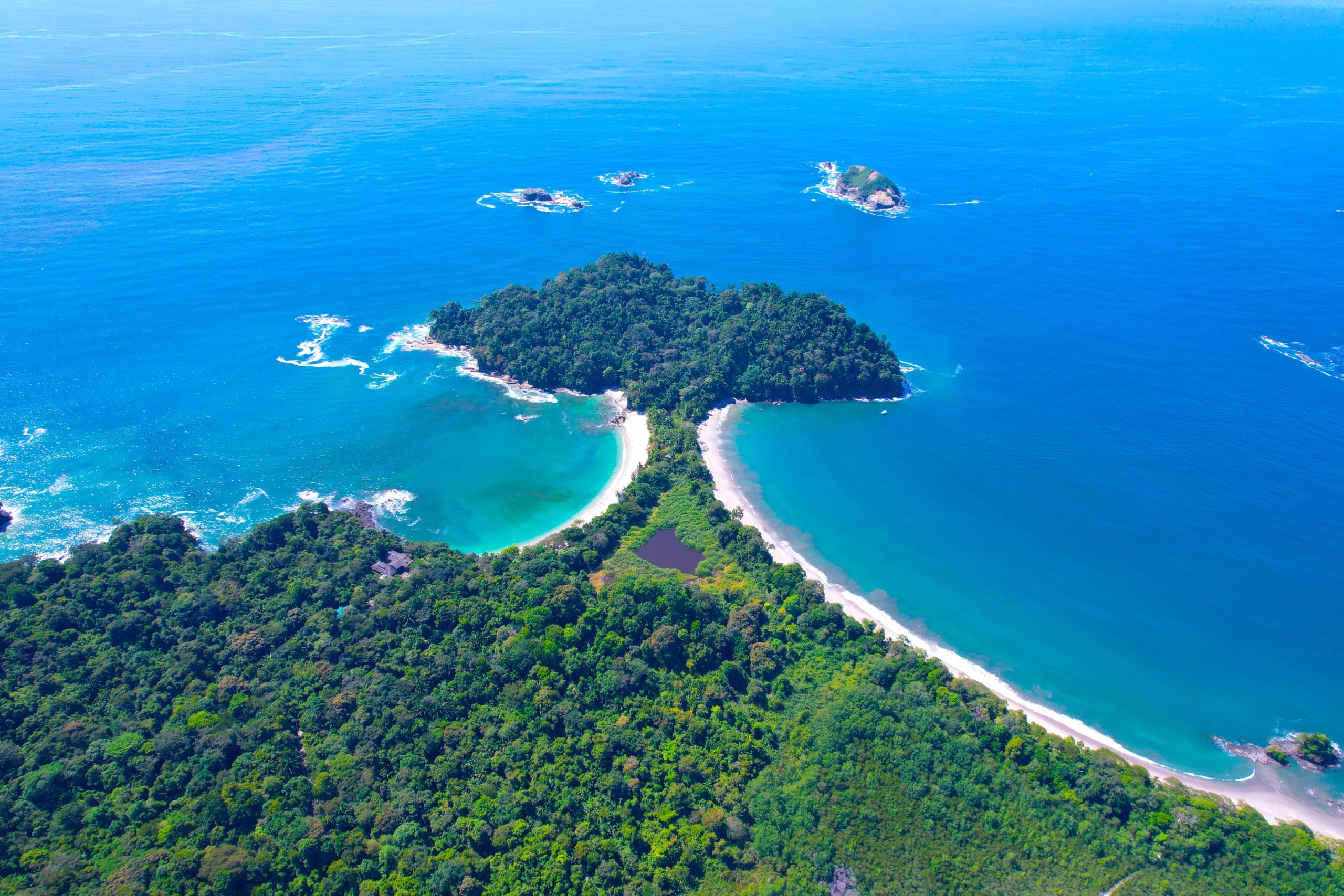
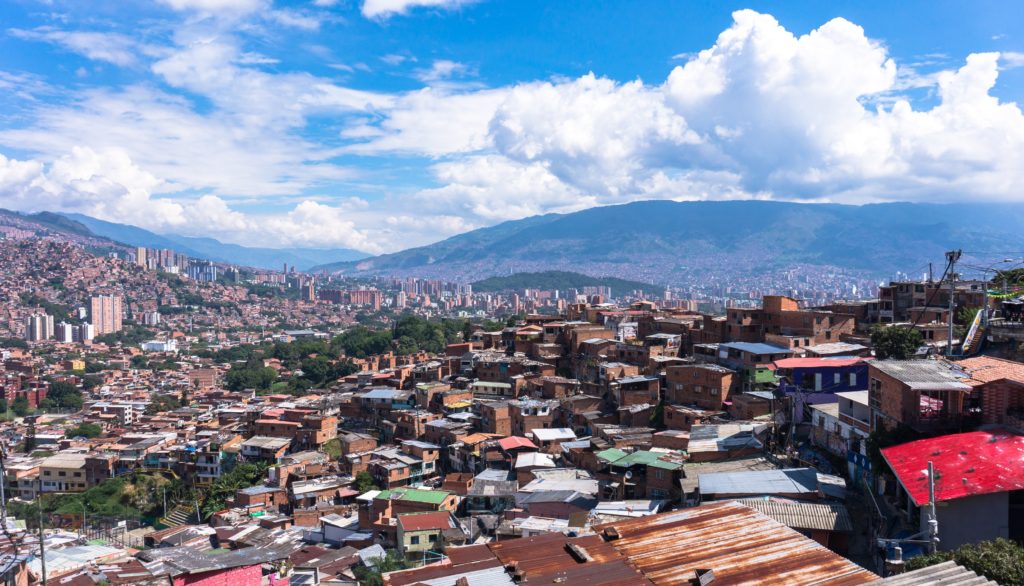 Photo credit:
Photo credit: 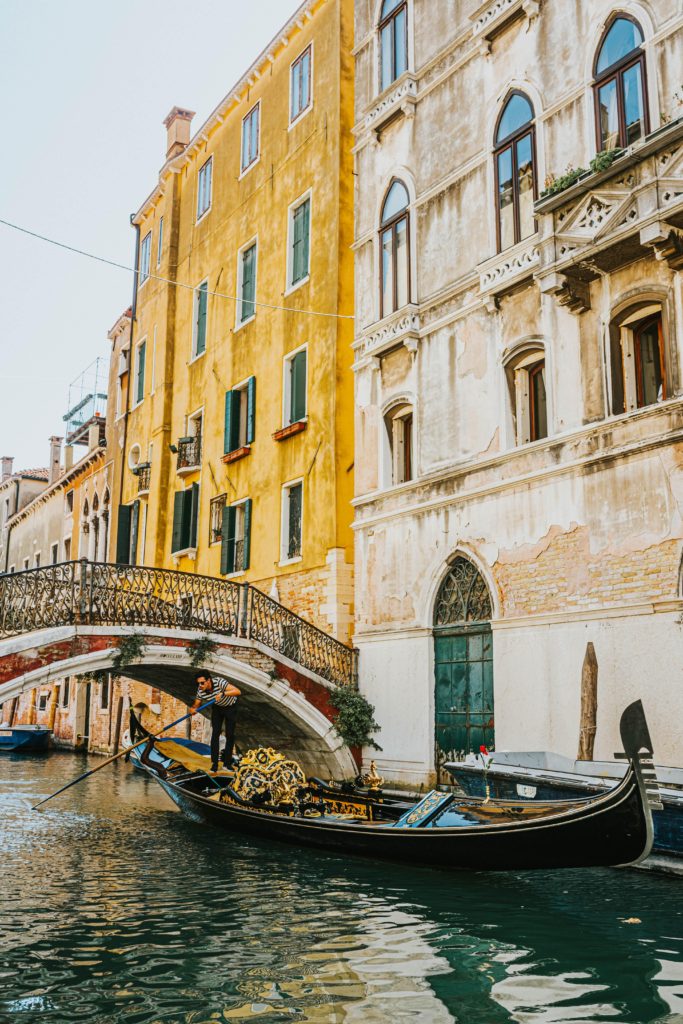 Photo credit:
Photo credit: 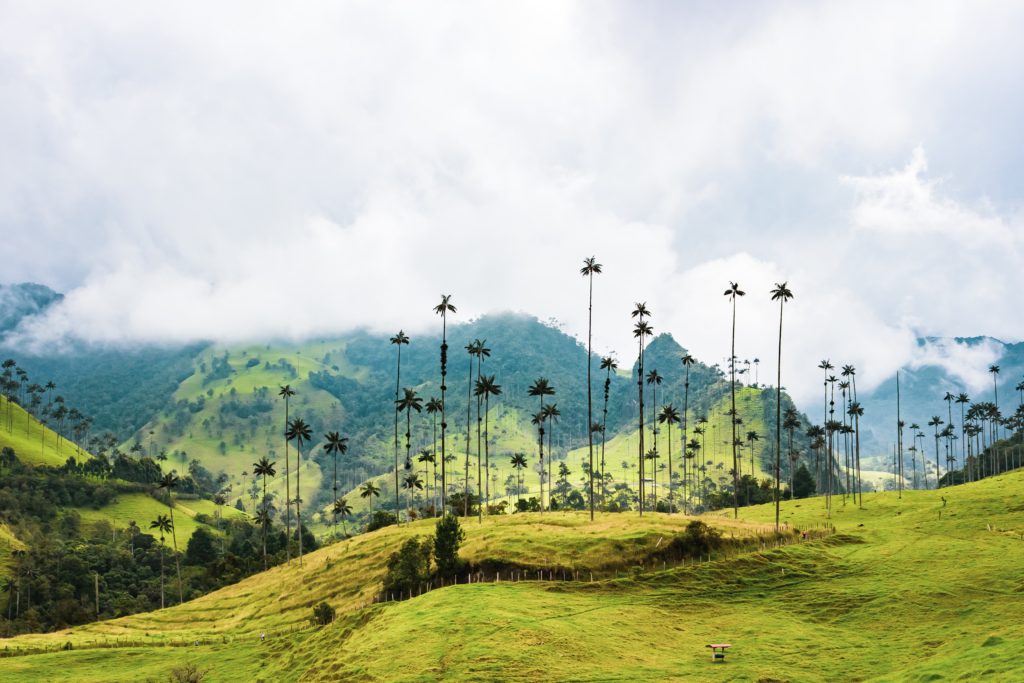 Photo credit:
Photo credit:  Photo credit:
Photo credit: 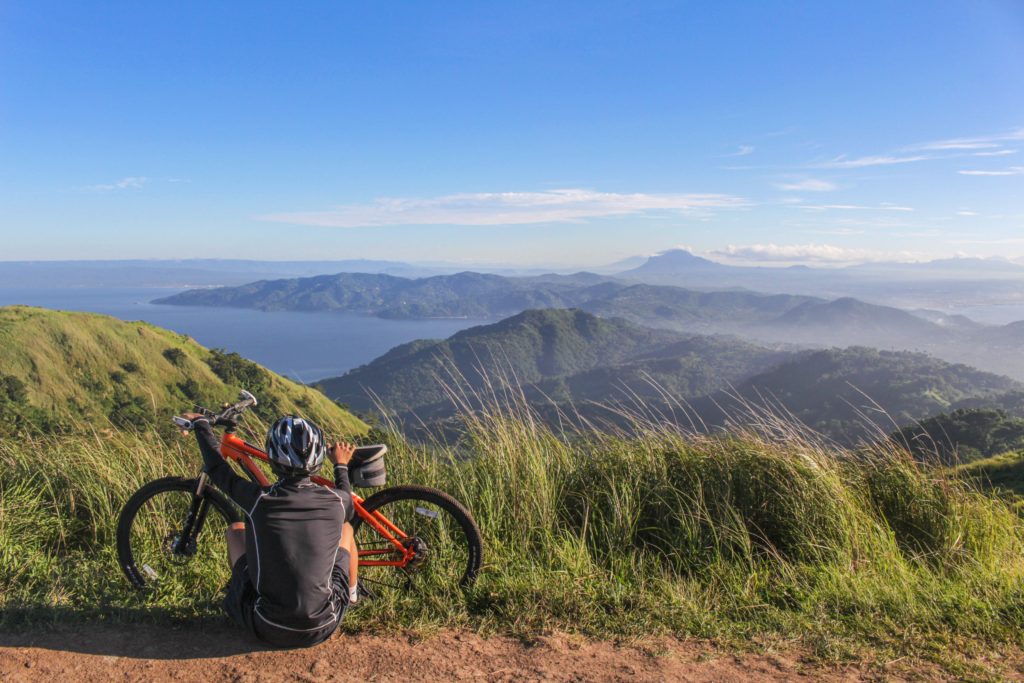 Photo credit:
Photo credit: 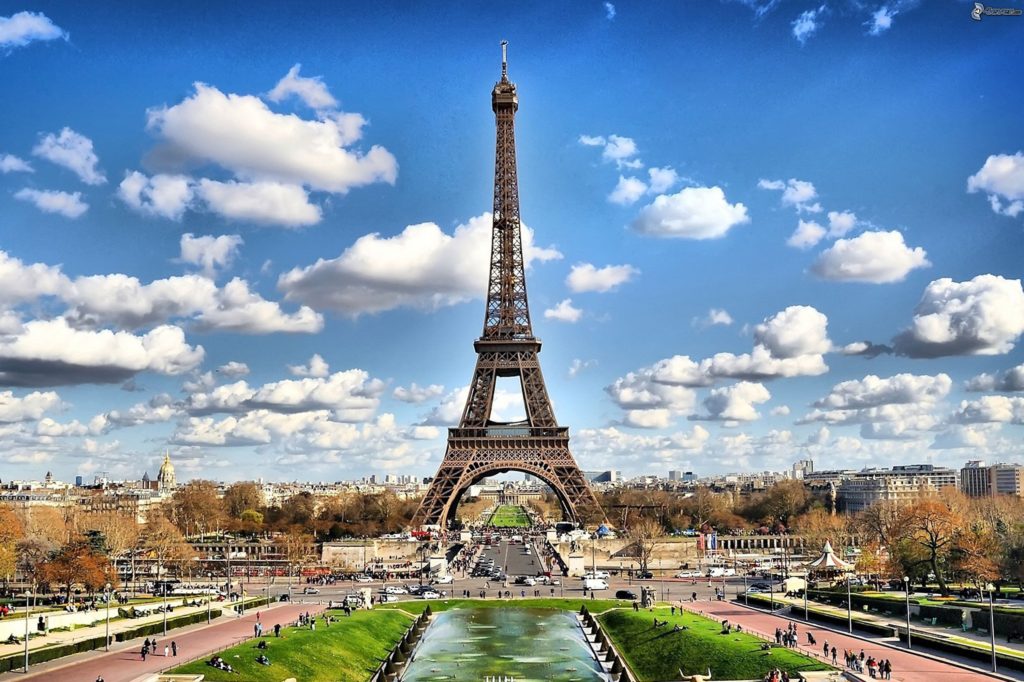 Photo credit:
Photo credit: 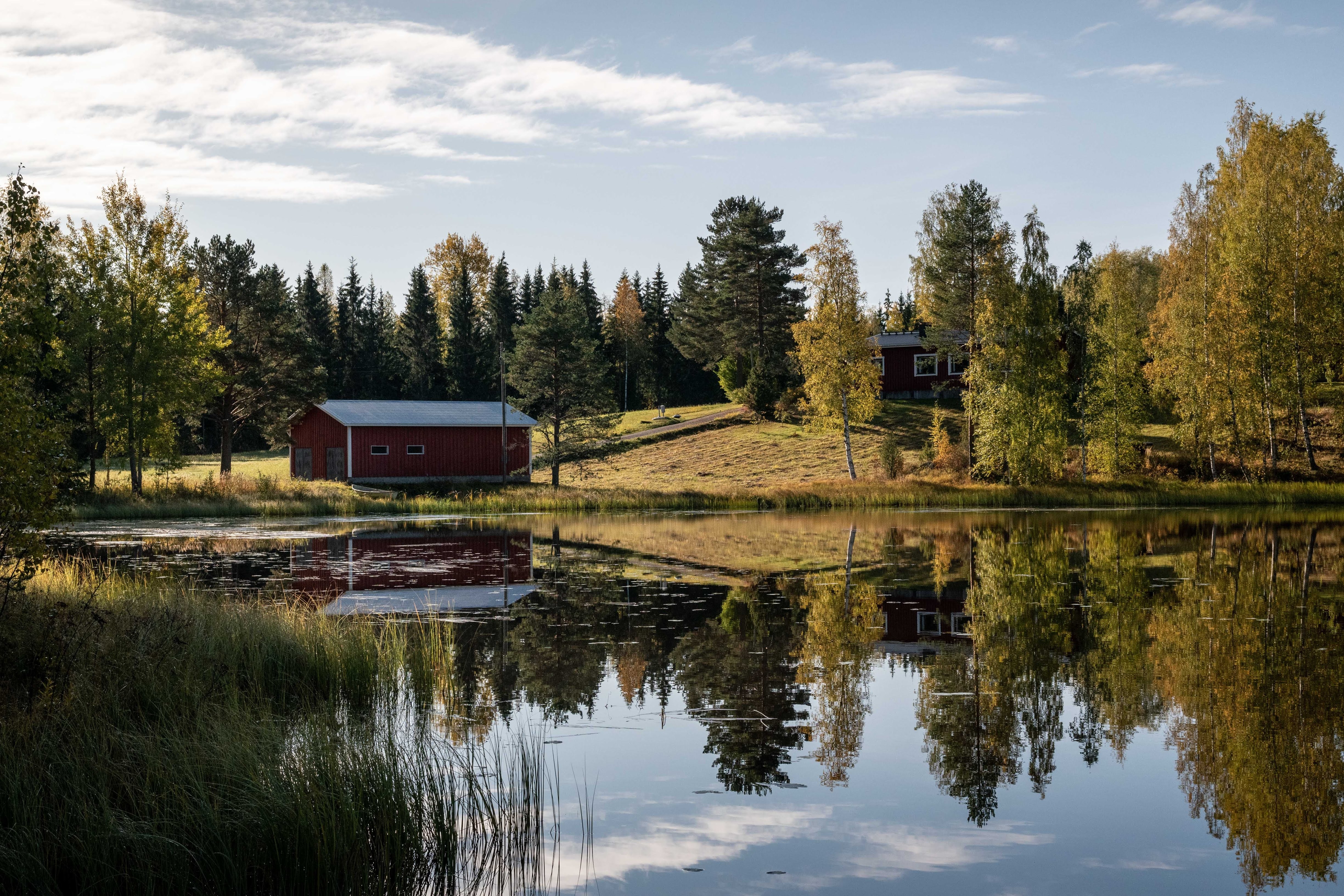 Photo credit:
Photo credit: 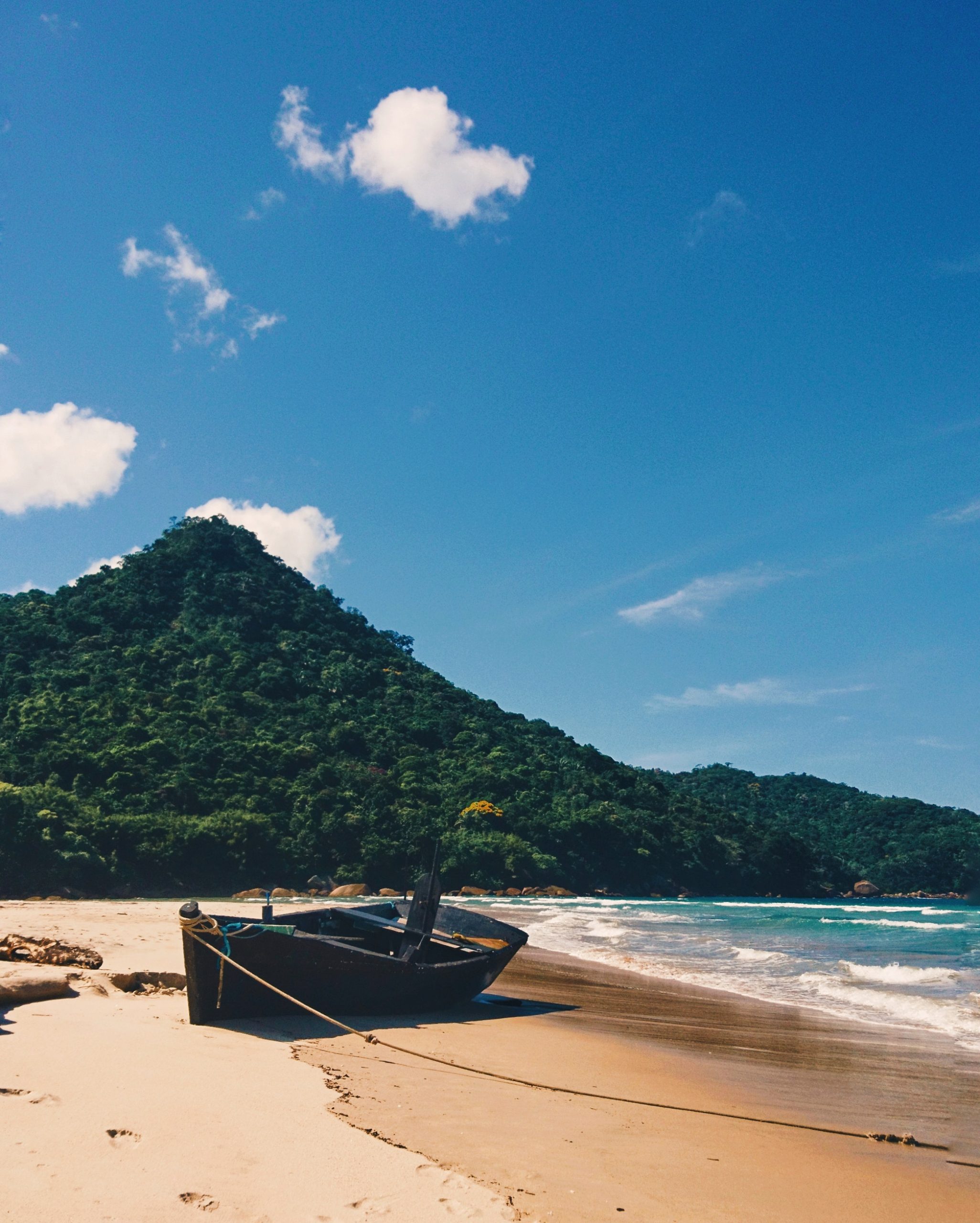 Photo credit:
Photo credit:  Photo credit:
Photo credit: 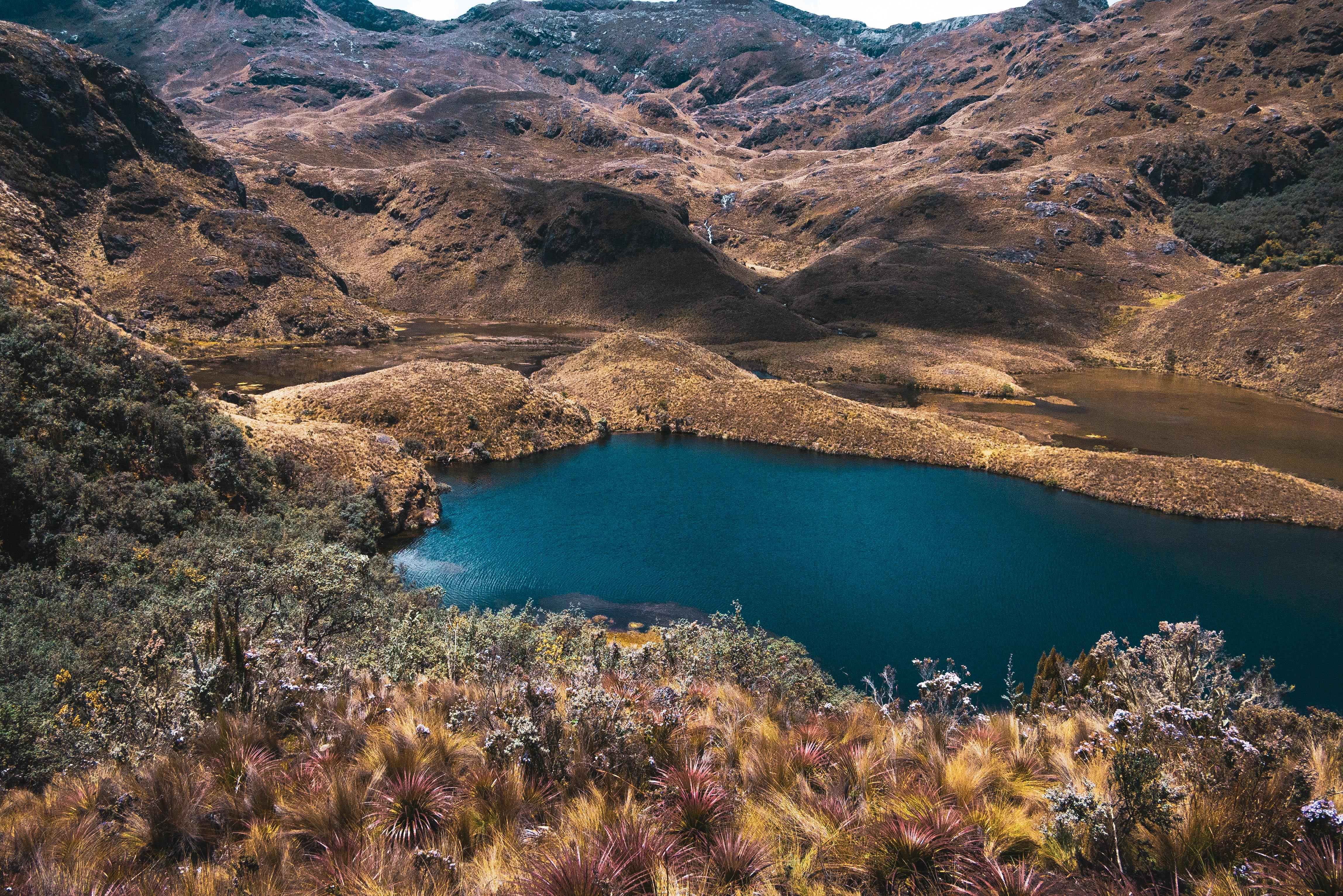 Photo credit:
Photo credit: 




0 Comments